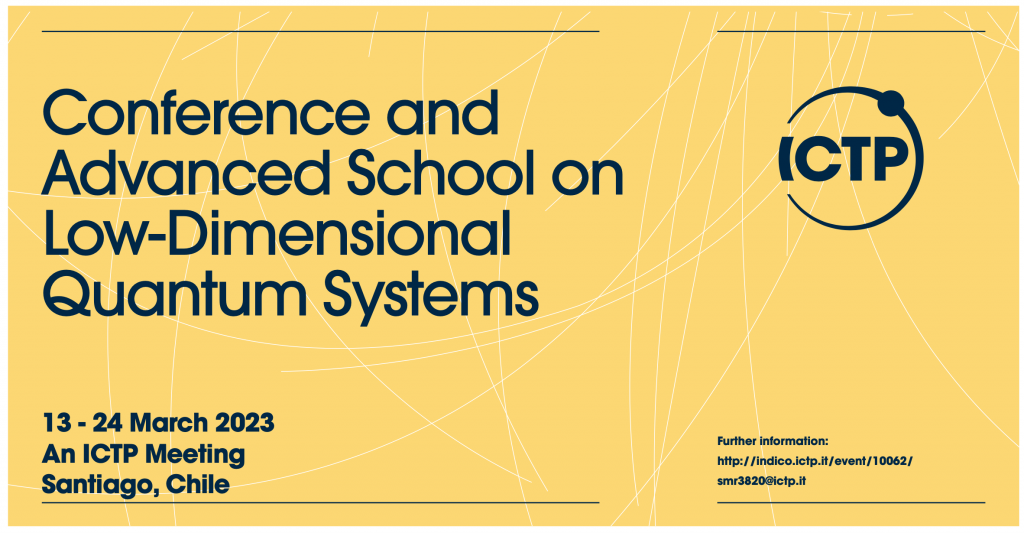This week I am giving a presentation at the XI Brazilian Meeting on Simulational Physics. This eleventh edition will take place at Universidade Federal de Minas Gerais, where the meeting started a few decades ago, but it also includes a few online presentations. Traditionally, the BMSP gathers scientists specialized in simulation in the most diverse areas of physics, chemistry, biology and materials science, who present the latest advances in methodology and techniques applied to the study of problems through computer simulations. The meeting also promotes interaction among scientists working in this area, with the goal of advancing the methods and techniques available today.
In my online presentation, entitled “Wave transmission and its fluctuations in superlattices with Lévy-like disorder” I will present some of our recent results on the transmission of Schrödinger, Klein-Gordon and Dirac waves in the presence of disorder following a Lévy distribution, as well as its application in a graphene Lévy glass.



